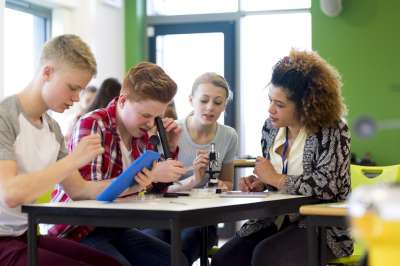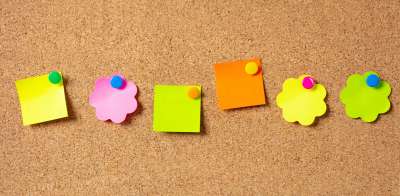Collaboration is critical 21st Century and social-emotional skill
Jigsaw is a grouping strategy in which the members of the class are organized into groups then rearranged in new groups to share their learning. This is an excellent method for improving students' teamwork and communication skills.Jigsaw Groups for Cooperative Learning
Defined broadly, Jigsaw is a grouping strategy in which the members of the class are organized into "jigsaw" groups. The students are then reorganized into "expert" groups containing one member from each jigsaw group. The members of the expert group work together to learn the material or solve the problem, then return to their "jigsaw" groups to share their learning. In this way, the work of the expert groups is quickly disseminated throughout the class, with each person taking responsibility for sharing a piece of the puzzle.
Jigsaw Groups:
| Group One | Group Two | Group Three | Group Four |
| Nucleus (Kathy) | Nucleus (Susan) | Nucleus (Jose) | Nucleus (Jim) |
| Mitochondria (Jorge) | Mitochondria (Randy) | Mitochondria (Gail) | Mitochondria (Tan) |
| Cell Wall (Sara) | Cell Wall (Andy) | Cell Wall (Chris) | Cell Wall (Julie) |
| Protoplasm (Heather) | Protoplasm (Jessenia) | Protoplasm (Phu) | Protoplasm (Karen) |
Expert Groups:
| Group One | Group Two | Group Three | Group Four |
| Nucleus (Kathy) | Mitochondria (Jorge) | Cell Wall (Sara) | Protoplasm (Heather) |
| Nucleus (Susan) | Mitochondria (Randy) | Cell Wall (Andy) | Protoplasm (Jessenia) |
| Nucleus (Jose) | Mitochondria (Gail) | Cell Wall (Chris) | Protoplasm (Phu) |
| Nucleus (Jim) | Mitochondria (Tan) | Cell Wall (Julie) | Protoplasm (Karen) |
Jigsaw can be used for sharing different solutions to the same problem or for dividing up research responsibilities. For example, if the class is studying living cells, one group of students learns about the nucleus, another learns about the mitochondria, another learns about the cell wall, and so on. The groups are then reconfigured into jigsaw groups; the experts take turns teaching their specialty to their jigsaw group so that each group learns about every topic.
Why Is It Important?
Introduced by Aronson (1978), Jigsaw is an efficient way for students to become engaged in their learning, learn a lot of material quickly, share information with other groups, minimize listening time, and be individually accountable for their learning. Since each group needs its members to do well in order for the whole group to do well, Jigsaw maximizes interaction and establishes an atmosphere of cooperation and respect for other students. Teachers who listen in to the sharing of one of the jigsaw groups can quickly hear what each of the original groups has been doing.
Aronson compared classes that used the cooperative jigsaw approach with classes in which students worked in competitive groups. He found that children in the jigsaw classrooms outperformed children in competitive classrooms in terms of mastery of classroom material. Black and Hispanic children performed significantly better in jigsaw classrooms than in competitive classrooms.
Jigsaw II is an alternative strategy, developed by Robert Slavin (1990). The process is as described above, with the exception that students in jigsaw groups read the entire assignment or all of the materials to acquire the information. Group members then take an individual test on the material, the results of which contribute to a team score.
















